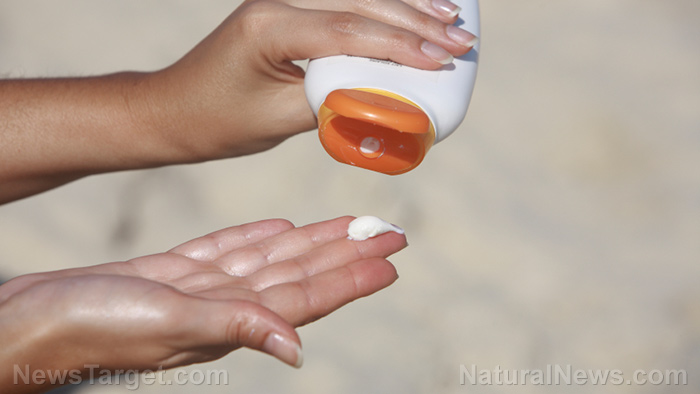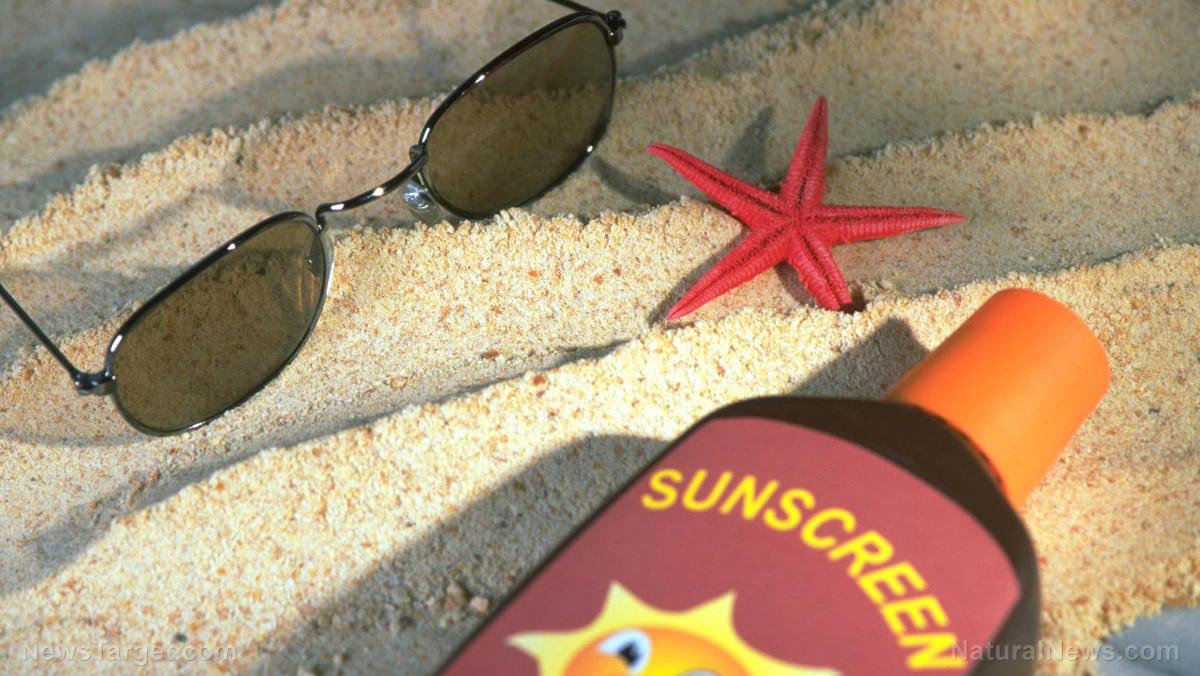
Before we launch into our list, there is one point that cannot be overemphasized: Sunscreen should be a last resort. Sun is actually very good for you if you strike the right balance, and some experts believe that excessive sunscreen use is behind the worldwide vitamin D deficiency epidemic. Sunscreens with SPF 15 or higher reduce the body’s vitamin D production by 99 percent, and a lack of vitamin D is behind health conditions like diabetes and some types of cancer. Light-skinned people need around 15 to 20 minutes of sun exposure across 60 percent of their body each day to get enough Vitamin D, while those with dark skin could use as much as 45 minutes of exposure each day.
Once you’ve gotten your dose of Vitamin D from sunlight, the best way to protect your skin from further exposure is by changing your diet. Having the proper nutritional balance makes your skin naturally more sun-resistant. You should focus on foods that are rich in antioxidants like berries and microalgae. Some people also take astaxanthin supplements.
Wearing clothing, hats and sunglasses and staying in the shade are all highly effective ways to protect your skin that don’t involve slathering yourself in toxins. On those occasions where sunscreen is an absolute must – say, a long day at the beach under full sun – you’ll want to use natural sunscreens with ingredients like non-nanotech zinc oxide, shea butter, or coconut oil.
Here is a list of sunscreens you should avoid this summer:
Banana Boat Kids Continuous Spray Sunscreen, SPF 100
Don’t let the SPF of 100 fool you into thinking this is a superior product. The truth is that SPF values higher than 50 can offer a false sense of security. Moreover, Environmental Working Group (EWG) modeling found that it offers only moderate UVA protection and a rather poor balance between UVA protection compared to SPF.
The main concern with this product, however, is its active ingredient, the hormone-disrupting chemical oxybenzone, which has been linked to reproductive and developmental toxicity, organ system toxicity and allergies.
La Roche-Posay Anthelios 60 Melt-in Sunscreen Milk
This was one of the top-rated sunscreens in a recent Consumer Reports study and was touted on Today.com. Its high price tag might lead you to believe it’s a superior product, but EWG gives it poor scores overall and calls it a “bad choice for sun protection”. One of its active ingredients is the previously mentioned hormone disruptor oxybenzone, while ingredients triethanolamine and peg-8 laureate have also been linked to organ system toxicity, allergies and immunotoxicity.
Coppertone Sunscreen Lotion Water Babies, SPF
Coppertone is a familiar brand to most Americans, but that doesn’t make it a trustworthy one. In addition to the inclusion of the hormone disruptor oxybenzone, it also contains retinyl palmitate. Lab studies have shown that when it is exposed to sunlight, it forms free radicals that damage cells and DNA.
Equate Sport Sunscreen Continuous Spray, SPF 30
This is another one of Consumer Reports’ top choices, but it’s hardly a worthy contender from a health standpoint. As a spray, it poses an inhalation risk; you’ll be breathing in the toxins it contains, like oxybenzone and retinyl palmitate, in addition to soaking them in through your skin. Sprays are also difficult to apply over the skin completely, thereby defeating the purpose of using sunscreen in the first place.
Follow more news about toxic, synthetic chemicals at Chemicals.news.
Sources:
Please contact us for more information.






















